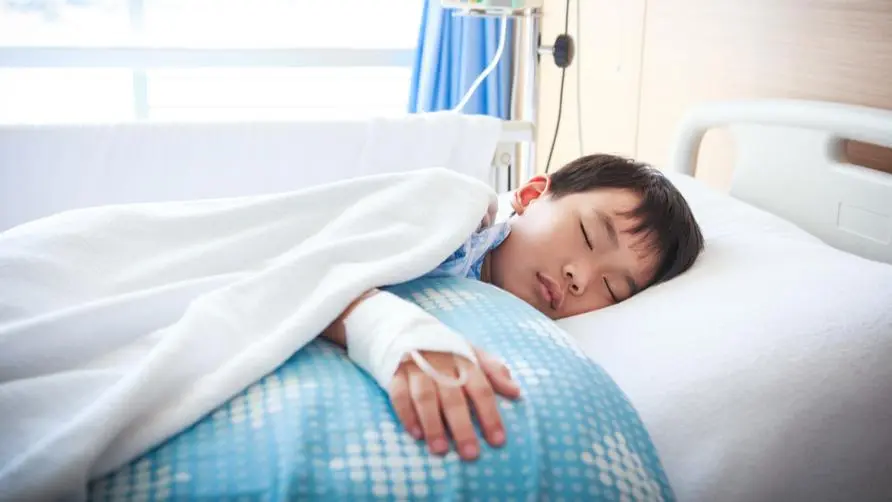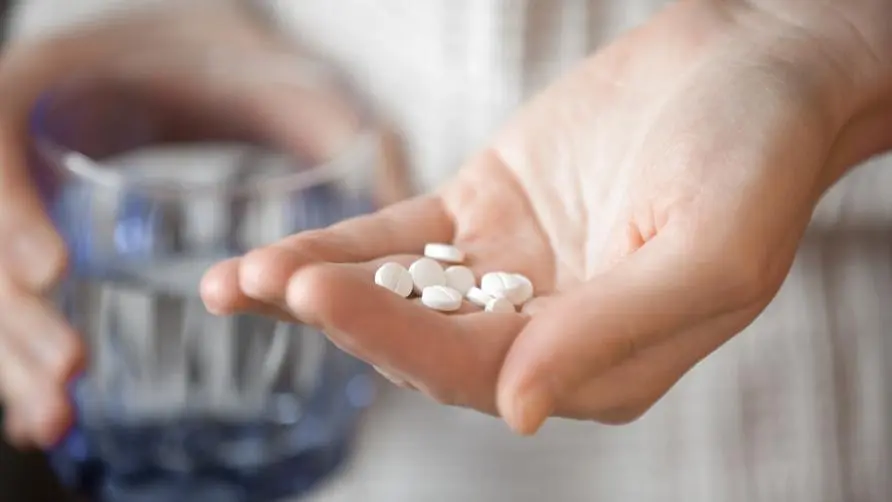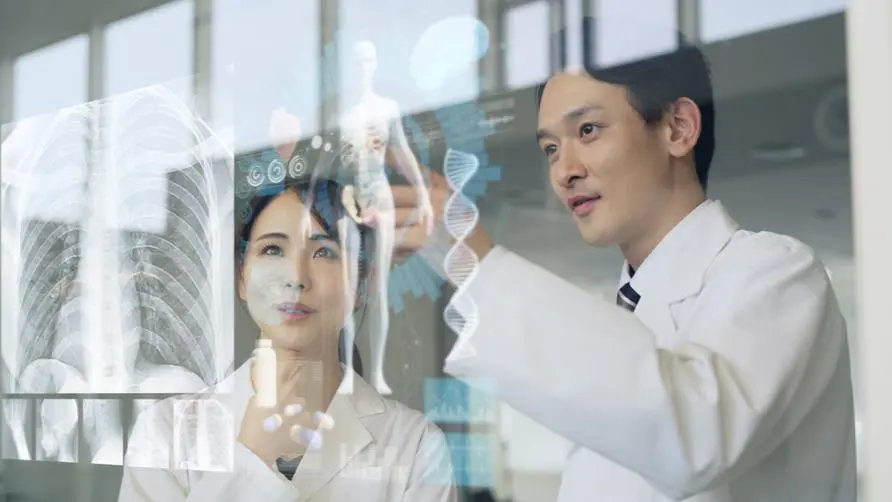Chemotherapy is ineffective and stem cell transplantation is risky! Acute lymphocytic leukemia accounts for 20% of children's cancers. Dentist reveals that "it" may be a treatment hope

“It” accounts for the highest proportion of all childhood cancers! 1 in 4 children with cancer will develop the disease
For all parents, whenever their children suffer minor injuries or illnesses, they will often blame themselves, let alone bad news like “cancer”. Lin Dongcan, Chairman of the Children’s Cancer Foundation of the Taiwan, pointed out that among all childhood cancers, childhood acute lymphoblastic leukemia (PALL) accounts for the highest proportion, with an incidence rate of 25%, and an average of 1 in every 4 children with cancer will suffer from the disease.
Fortunately, if formal treatment is actively adopted, about 80-90% of children with cancer can be cured in the first line; the remaining 10-20% of children with poor response to treatment and disease recurrence will have high side effects and easily affect their quality of life. For allogeneic stem cell transplantation, Taiwan already has “cellular immunotherapy”, and a one-time injection is expected to bring hope of cure to children with terminal cancer.
“This disease” is the second leading cause of death in children! Doctors reveal 8 symptoms of acute lymphoblastic leukemia
Dr. Chen Bowen, CEO of Children’s Cancer Foundation and Department of Pediatric Hematology and Oncology of Hexin Cancer Center Hospital, said that cancer is the second leading cause of death in children after accidents. Among the 500 children with new cancers every year, Acute lymphocytic leukemia has the highest incidence rate with about 125 new cases. Further examination of the disease type shows that about 80% are B-cell acute lymphoblastic leukemia.
Dr. Chen Bowen pointed out that acute lymphoblastic leukemia mainly affects children under the age of 18, with the majority of children between the ages of 3 and 5 being the most common. The incidence of acute lymphoblastic leukemia is lower in adults. After the onset of the disease, the patient’s lymphatic system and bone marrow will produce excessive and immature lymphocytes. These numerous and useless lymphocytes will compress the production space of normal blood cells and lymphocytes. Because the disease progresses quickly and violently, if formal treatment is not taken in time, it may cause life-threatening consequences in just a few months.
Dr. Chen Bowen reminded that although the course of childhood acute lymphoblastic leukemia develops rapidly, the initial symptoms are not typical, and people can easily confuse them with viral or bacterial infections, bruises, growing pains, etc. It is recommended that children at home have 8 major symptoms, including bones or joints If you have pain, paleness, fatigue and weakness, painless lumps in lymph nodes, skin rash, inexplicable fever, abdominal distension and pain, bruising and bleeding, loss of appetite, you should be alert and take your child to the Department of Pediatric Hematology and Oncology for bone marrow and oncology treatment in a timely manner. blood test.
Don’t despair once acute lymphoblastic leukemia is diagnosed! Experts: The first-line cure rate is as high as 90%
Faced with the sad news of a diagnosis, parents often cannot accept the fact of the disease. Dr. Chen Bowen encouraged that there is no need to be discouraged when children with acute lymphoblastic leukemia are diagnosed. Childhood acute lymphoblastic leukemia is not an incurable disease; on the contrary, with active treatment, about 80-90% of patients can achieve success in the first-line chemotherapy and targeted drug stages. Heal the target.
Dr. Chen Bowen revealed that the current treatment methods include remission induction phase, consolidation treatment, maintenance phase treatment and central nervous system preventive treatment, which last for about 2 to 3 years. The main treatment in the first stage is high-dose chemotherapy. After the disease achieves complete remission, the dose of chemotherapy can be reduced and long-term medication can be maintained to consolidate the effect of treatment.
In addition, all patients must receive prophylactic intraspinal chemotherapy injections to prevent central nervous system invasion, and those with “Philadelphia chromosome mutations” can add targeted drugs to the treatment course. In addition, Taiwan has incorporated micro-dose detection (MRD) into treatment guidelines. During chemotherapy, the intensity of chemotherapy can be adjusted based on the amount of remaining cancer cells in the bone marrow of the child. This can hopefully reduce the intensity of chemotherapy and reduce side effects, as well as early arrangement of future treatment plans for patients with poor response to treatment.
20% of children with cancer need “stem cell transplant” after treatment failure. High-dose chemotherapy may increase cancer rates in the future
Dr. Zhou Huantang, deputy CEO of the Children’s Cancer Foundation and Department of Hematology and Oncology, Department of Pediatrics, National Taiwan University Hospital, said that there are still 10-20% of children with cancer who may not respond well to chemotherapy or be prone to recurrence due to genetic factors. In the past, these children had to undergo allogeneic stem cell transplantation to have a chance of control and cure.
However, allogeneic stem cell transplantation is full of challenges. Not only does it need to be matched with suitable stem cells, but it also requires high-dose chemotherapy that is much higher than the intensity of ordinary chemotherapy. Only then can there be a chance to temporarily kill cancer cells and facilitate the continued implantation of healthy stem cells. Such treatment can easily leave children with permanent sequelae and increase the risk of future cancer.
In addition, in order to prevent the implanted stem cells from attacking the original cancer child’s own organs, the child may need to take lifelong immunosuppressants, and the treatment time is extended from 2 to 3 years to a lifelong fight. The child with cancer may be exposed to the risk of infection for the rest of his life. There are many restrictions on eating and going out, which can easily hinder children with cancer from exploring themselves and realizing their dreams in the future.
“Cellular immunotherapy” accurately kills cancer cells. A 6-year-old case in Taiwan has been successfully cured
Dr. Zhou Xiantang explained that fortunately, “cellular immunotherapy” is available today: There are currently two methods in clinical practice, namely traditional cellular immunotherapy, which maximizes the chance of killing cancer cells by replicating large numbers of immune cells; A type of cellular immunotherapy will first install genes on immune cells to accurately identify cancer cells, and then kill cancer cells with precision like missiles, ushering in the dawn of cure through one-time treatment.
Dr. Zhou Xiantang pointed out that because the therapeutic weapon comes from the child’s own body and the child does not need to undergo higher doses of chemotherapy, the chance of normal cells developing lesions in the future is much less than that of allogeneic stem cell transplantation. Recently, there has been a successful case of cellular immunotherapy in Taiwan. The patient was only 6 years old when he was diagnosed. After a genetic test, it was found that he was a refractory type. It can be expected that the first-line chemotherapy will not be effective and will not be effective until the first-line treatment. After failure, no suitable bone marrow was found. Fortunately, cellular immunotherapy was available at that time. After completing a one-time course of treatment, the case was successfully cured of childhood acute lymphoblastic leukemia and the disease is under stable control to this day.
Dr. Zhou Xiantang also called on the current cost of immune cell therapy to easily bring a greater financial burden to the families of patients. He hopes that the government can hear the voices of families of children with cancer and use health insurance resources to support cancer families so that the children can receive appropriate treatment. .
Further reading:





